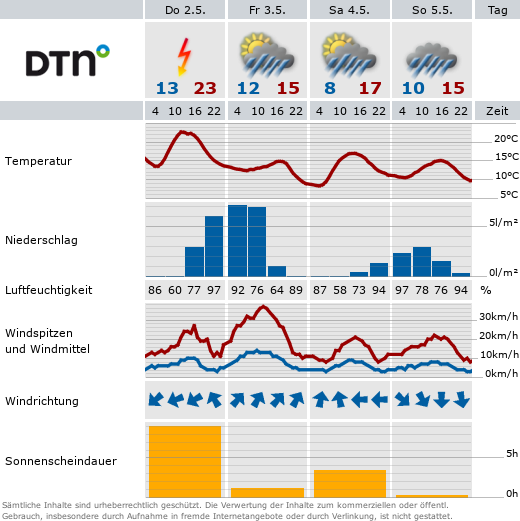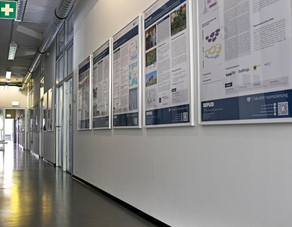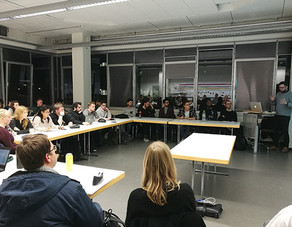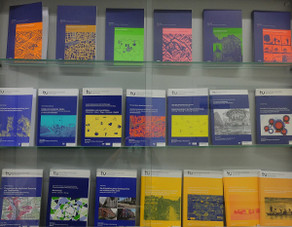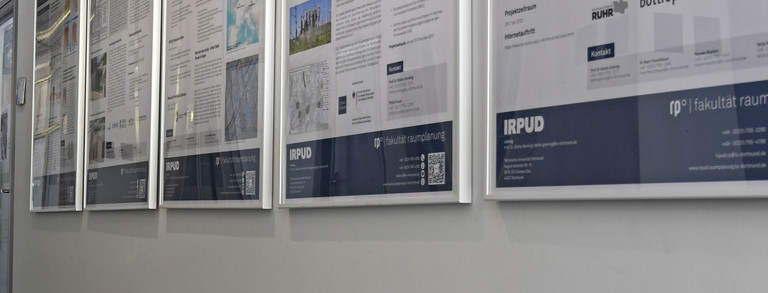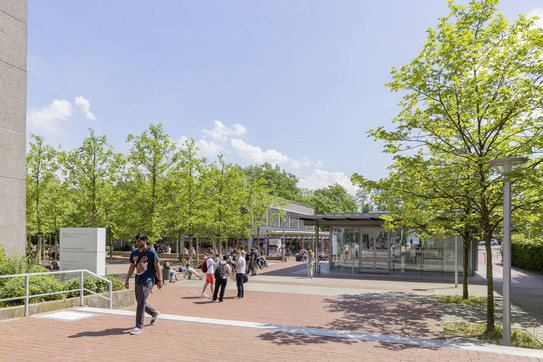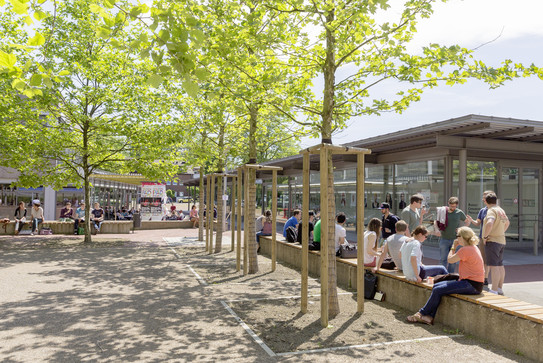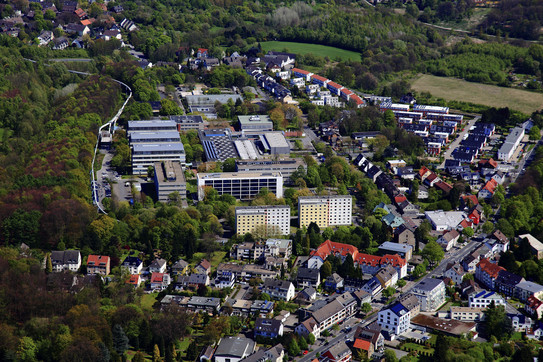About us
History of IRPUD
With the establishment of the Department of Spatial Planning in 1968, the decision was made to start a joint Research Group for spatial planning. The vision was that the research group should be able to function as a "modern research unit" (Gründungsvision Institut für Raumplanung; TUDO Archive). The Research Group for Spatial Planning (IRPUD) was supposed to bundle the scientific work of the Department of Spatial Planning in interdisciplinary research projects and create a solid basic research in order to be able to base serious spatial planning decisions on a more secure basis (Wegener 2014).
In 1974 the IRPUD was founded as the joint scientific Research Group of the Department of Spatial Planning of the University of Dortmund and Klaus Kunzmann was appointed Managing Director and Head of IRPUD. He retained this position until 1993 and had a major influence on the Research Group with his high level of commitment and the aim of establishing spatial planning as a science. In the following years, Heinrich Schoof (1994-1997), Paul Velsinger (1998-2000), Michael Wegener (2000-2002), Hans-Peter Tietz (2003-2005), Hans Heinrich Blotevogel (2005-2009), Dietwald Gruehn (2010) and Stefan Greiving (since 2011) followed.
Today, IRPUD's research focuses on spatial risk and climate impacts. Through extensive cooperation with local, regional and international leading institutions from different continents, current problems are addressed and evidence base is created (further information in the profile). In addition to comprehensive research activities (further information in the research part), the IRPUD is also active in teaching, e.g. within the framework of the project studies, through various seminars in all degree programmes of the department and with a Research Colloquium beyond that.
Furthermore, the IRPUD also permanently supports (in cooperation with changing departments) the organisation of the Dortmund Conference for Spatial and Planning Research, which takes place every two years, and maintain the housing policy cooperations of the department. Together with the Department of Urban and Regional Sociology and the NRW. Bank, the IRPUD organises the annual Colloquium on Housing Policy. Two study awards (in cooperation with NRW.BANK and the German Tenants' Association) honour final theses with a connection to housing policy and promote young academics.


